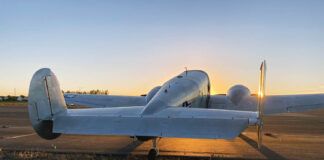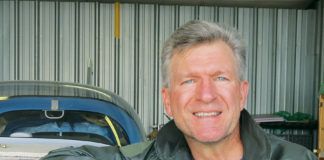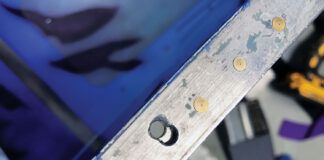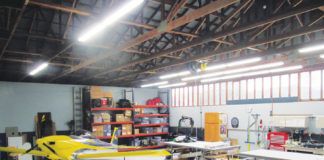Stargazing
I just wanted to say how much I enjoyed Tom Wilson’s article on the Starduster Too and Dave Baxter [“Starduster Retrospective,” October, 2014]. I’m in the midst of building a Radial Skybolt and enjoy your magazine from cover to cover each month. I look forward to seeing more articles on scratch-built airplanes and biplanes in the future. Keep up the nice work.
–Jerry Meddick
Weighty Matters
The weight limit for International Formula One pylon racing is 500 pounds minimum, not maximum. That is what makes sense, as well, since organizers don’t want contestants to try so hard to save weight that the aircraft become less safe.
–Red Hamilton
Thanks for pointing that out Red—we knew it, just missed it in the proofreading.—Ed.
Battery Testing
We get lots of requests for information from our various contributors—none more than the tireless and long-serving Jim Weir. Here is an example:
I really enjoy Jim Weir’s articles and always learn something new. I have a Pulsar Experimental with a Rotax 912 engine, using an Oddessy 680 battery for electricals. I have had it operating for seven years now with absolutely no problems, and I usually fly it 1–2 times a week. But the battery is getting older, and I don’t want to have a starting problem somewhere far from home. Is there a test I can conduct to assure that the battery is in good shape? Do these batteries generally last for more time, or should I be concerned now? Thanks.
–Bob Hartunian
Jim Weir responds: The airplane parts division of Harbor Freight sells a battery load tester for $20 (either p/n 61747 or 69888) that will test any 6- or 12-volt battery under load. Your problem is to calibrate it with a known good 680 battery and then compare your battery with the new one. When they fall to 60–80% of load, it’s time to think about buying a new one.
Accepting the Risk
Great editorial in the July 2014 issue addressing the need to assess risk and act accordingly. How true that flying is not safe, but requires steps to minimize risk to the extent possible.
With our Pietenpol project we determined from the outset that risk management was essential. A proven airframe with known engine combinations (Piet/Corvair) sets the path. Since our version will be a derivative (two-seat, side-by-side) by Kyle Bradford, we decided to also look for an Aeronca Chief, as he indicated that, in landing especially, the two perform in a similar manner. Since the Piet is at least a year away from completion, this seems a good way to be both legal and proficient.
–Harold and Edi Bickford
We’re always glad to hear that builders and pilots take risk assessment seriously. There is nothing wrong with accepting risk that can’t be eliminated, but if you can notch it down a bit—why not?—Ed.
Write to [email protected].




